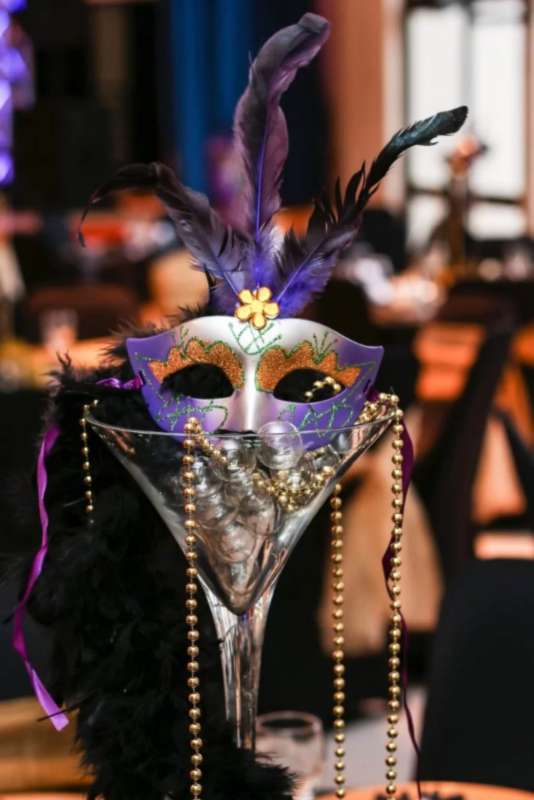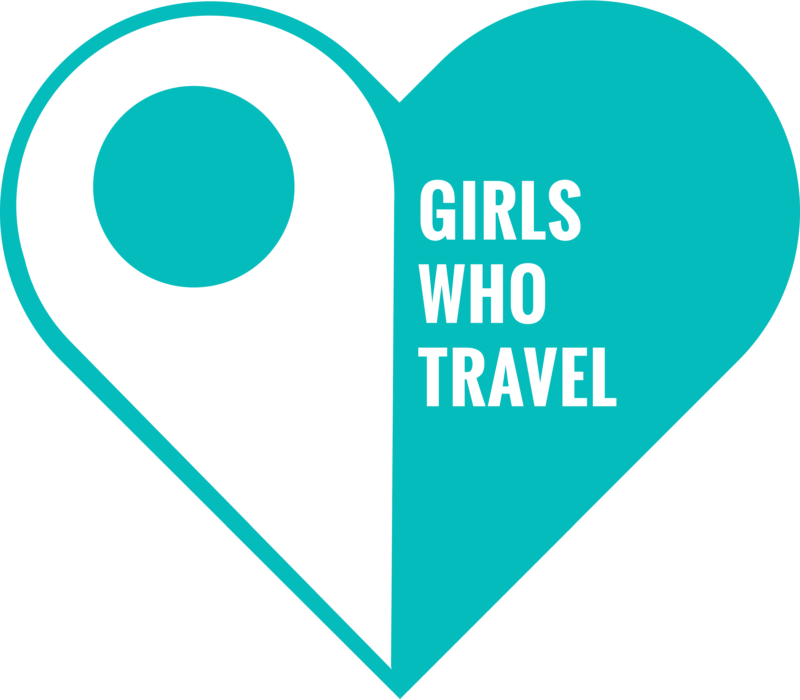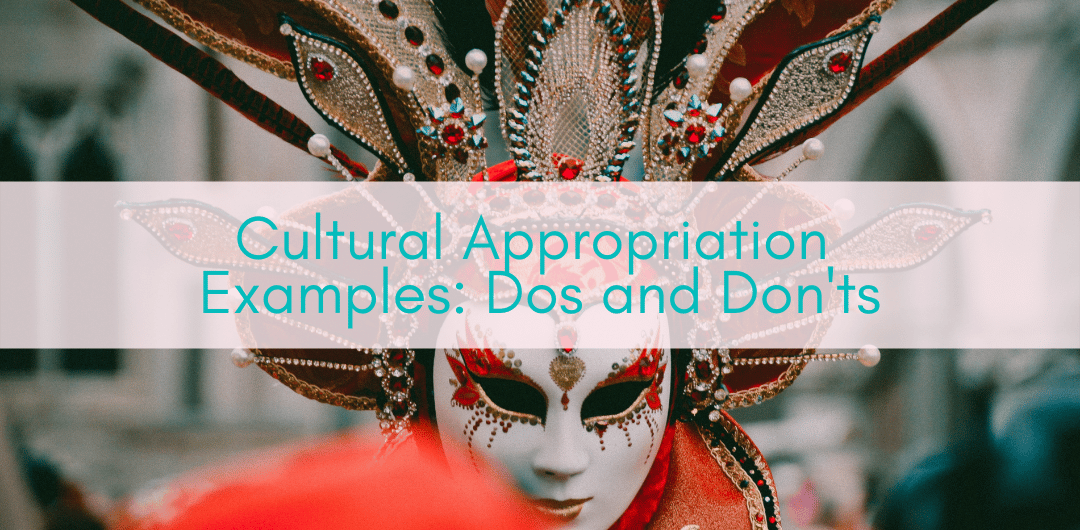You have probably heard the term cultural appropriation before. It is, thankfully, becoming an important topic. Despite the fact that cultural appropriation has been taking place, and harming people, for a long time, the conversation around it is still new. If you’re interested in learning more about cultural appropriation, especially as a traveler, and want cultural appropriation examples to help you better understand the do’s and dont’s then read on!
Cultural Appropriation Examples: Dos and Don’ts
What is it?
The Cambridge Dictionary defines “cultural appropriation” as “the act of taking or using things from a culture that is not your own, often a minority culture, especially without showing that you understand or respect this culture.” Seems pretty cut and dry, but it’s also not that simple. One important nuance of cultural appropriation occurs when people from a dominant culture are are taking or using something from cultures that have experienced some kind of oppression or discrimination. Minority communities do not have a say in how their important, sacred, and personal cultural is used and abused. This theft of culture can perpetuate stereotypes, encourage bigotry, and add to the harm that these communities have already experienced.
Why is this important to us as Travelers?
As travelers, we have the opportunity to explore cultures around the world. But it also gives us an opportunity to do damage, even if it is unintentional. The Girls Who Travel Promise states that we do will not harm the places we visit and leave them better than we found them. And that includes how we treat the cultures we encounter! It is important to identify the line between appreciation and appropriation so let’s look at some cultural appropriation dos and don’ts.

Do’s and Don’ts of Cultural Appropriation
QUICK EXAMPLES
One commonly used example of cultural appropriation is based in Native American culture: the appropriation of Native American headdresses.
It can often be seen on US festival goers in the summertime. In many Plains Native American groups, male leaders traditionally wear headdresses as a symbol of great honor or respect. This is earned during battle or ceremonial occasion.
When worn for fun, non Native Americans remove the headdresses from the context in which they are traditionally used. They assign it a new meaning or context. This can be offensive to the tribal groups the symbol was borrowed from. The Native American population also has a long history of oppression in the United States. By wearing headdresses, others are once again taking from community that has already had their lives, land and culture taken from them.
Another example is the Black hairstyle of braids, such as cornrows.
In Black culture, cornrows were once used as a symbol of resistance of slaves. When celebrities like Miley Cyrus show up sporting this black hairstyle, the symbol of a minority culture, they face accusations of cultural appropriation – and rightfully so. Miley Cyrus in particular has been accused of using cultural elements to change her image from child star to adult celebrity, something not easily achieved in pop culture. However, using elements of black culture when it suits someone and then tossing them aside when it doesn’t is not a cultural exchange, it’s offensive to people of color.
One example of someone in pop culture whose name is often mentioned in one breath with the term cultural appropriation is the ‘King of Rock ‘n’ Roll’ – Elvis Presley. He adopted cultural elements of black culture into his music: gospel, as well as rhythm & blues. Some say he appropriated Black music, others say it was a cultural exchange.
Sports teams are another example.
Just think about some of their names: ‘Kansas City Chiefs’, ‘Cleveland Indians’, or ‘Washington Redskins’, all clearly taken from Native American culture. In 2020, in the wake of the killing of George Floyd, the sports world took a good, hard look, and some teams decided to do the right thing and implement changes. The Washington Redskins, for example, are now the Washington Commanders, a long overdue change to stop appropriating minority cultures.

Why Avoid Cultural Appropriation
You can appropriate anything that has been traditionally associated a cultural group of people. A physical item, a practice, a symbol, fashion, hairstyles, anything. Cultural elements don’t exist to be used and discarded without care.
Domination and Oppression
Appropriation of another culture by a dominant group is all about power. It shows that the dominant group, often the white culture, can continue oppression or discrimination against the group they’ve taken something from. And often without facing any real consequences for their actions.
Misrepresentation
Cultural appropriation can be offensive. Because the thing being taken is often misrepresented. This misrepresentation can be as simple as being used out of context. Or it can be as terrible as being straight up stolen. Like when the Kardashians thought they introduced the world to the hairstyle they called “boxer braids”. This is actually an ancient traditional African style of hair grooming.
Stereotypes
In some cases, appropriation can add to cultural stereotypes. These often pop up around Halloween in the form of costumes. (Think “Indians”, “Geishas”, “Sheikhs”, etc). These misrepresentations can add to the oppression of the cultures being appropriated and their negative experiences.
How Can We Avoid Cultural Appropriation?

As travelers, we become immersed in a wide range of cultures. Unfortunately, sometimes we appropriate these cultures. Often this happens without realizing what we are doing. It is our responsibility to recognize cultural appropriation. We should avoid falling into the act ourselves. One way to avoid cultural appropriation is to follow a series of simple questions.
“What group does this practice/item/symbol belong to? How are they oppressed?”
Knowing where the practice/item/symbol comes from if half the battle. Education is key in understanding. Find out if you’re appropriating something. If the group is still oppressed for the practice/item/symbol, consider it appropriated. Why? Because you wouldn’t be oppressed by using it. That’s your clue.
“Do I benefit from doing this? If so, how?”
Another red flag? If you’re planning to use something because it’s trendy or would make a cool picture. It probably means you will end up appropriating the thing.
“Could this make someone uncomfortable?”
If the answer is “yes”, then don’t do it! If you aren’t sure, then do your research. NOTE: Start with online research! Someone who was willing to put in the emotional labor to educate you may have already put the answer out there. If you can’t find the answer on a website, then ask a friend. Or ask Girls Who Travel! Recognize that you are asking people to do work for you to explain their lives and experiences, so approach it with openness and humility.
Lots of popular Halloween costumes are examples of cultural appropriation. They do not just appropriate the culture, they also disrespect it in other ways. How often have you seen a set called ‘sexy Indian princess’, or a ‘Lolita sexy Japanese kimono dress’? Before you buy your next Halloween costume, do your research and ask yourself if it falls under the term cultural appropriation.
While there are some clear cultural appropriation dos and don’ts, it is often complicated and confusing, as the lines are sometimes blurred. It’s hard to avoid offending everyone, but educating yourself about other cultures can help in the process of avoiding appropriation. It will help you in the long run, trust me.
Want to read more about this topic? Check out this article with reflections on admiring cultures without appropriating them.
About KB: Originally from Kentucky, KB Gamblin is a freelance writer and the blogger behind Her Life in Ruins. KB is a trained archaeologist, lover of history, and passionate traveler. When she’s not at work or on the road, you can find her hanging out with her dog, Indiana Jones.










Thank you for sharing KB. You wrote this piece in a language that I understand. It’s nice that GWT not only shares destination information, but also things like this!